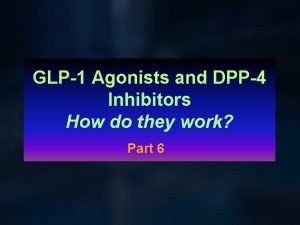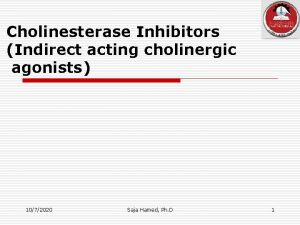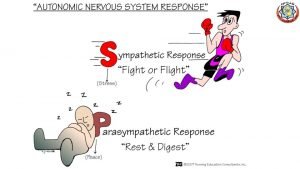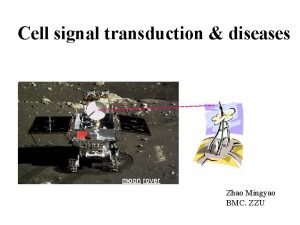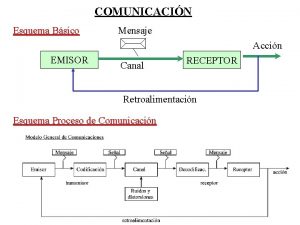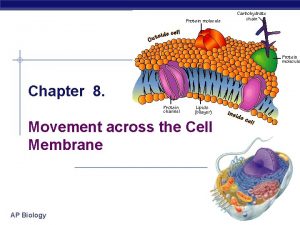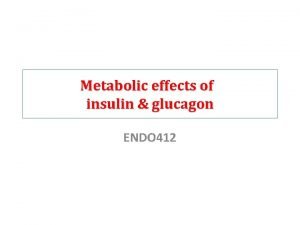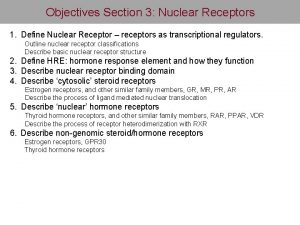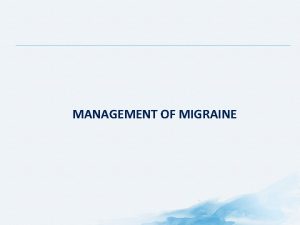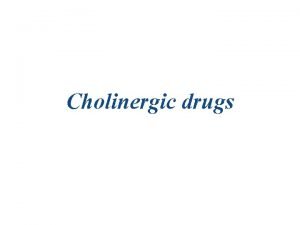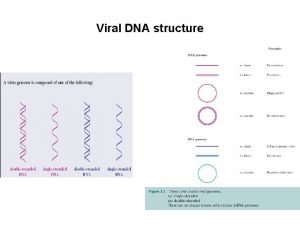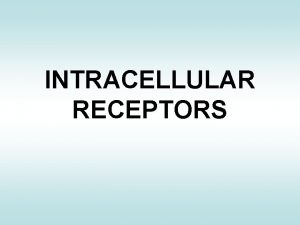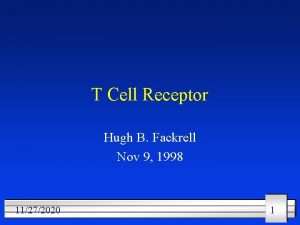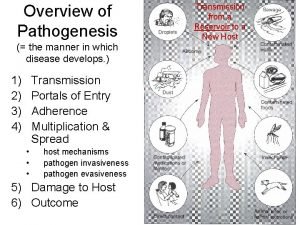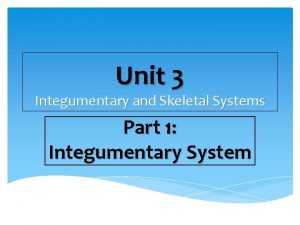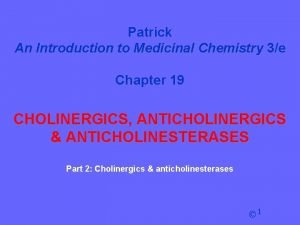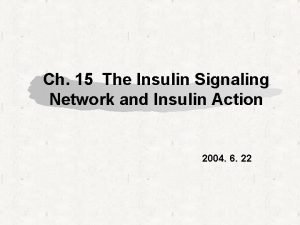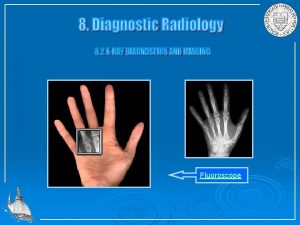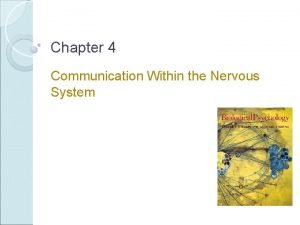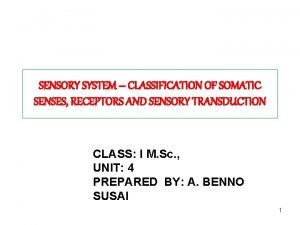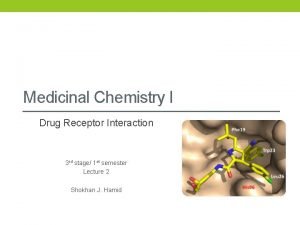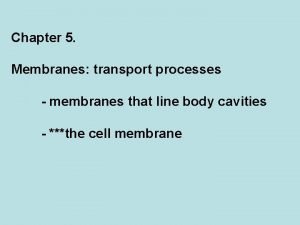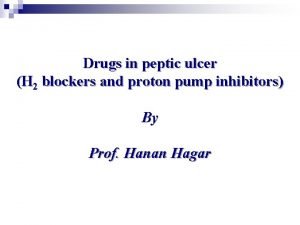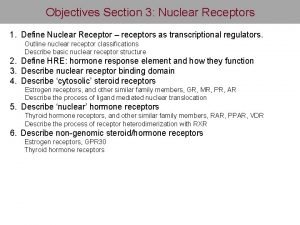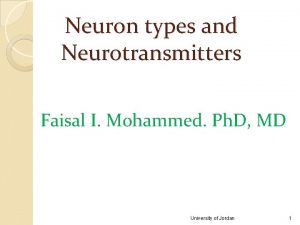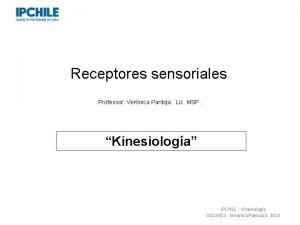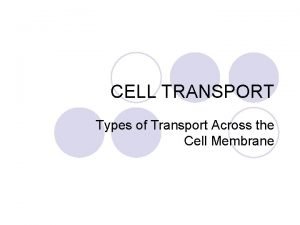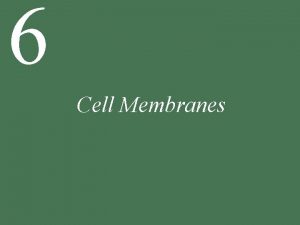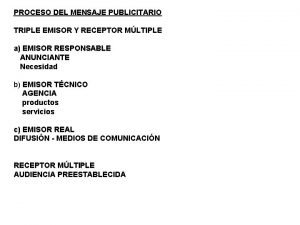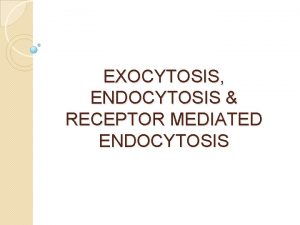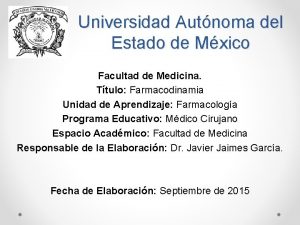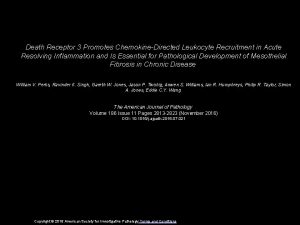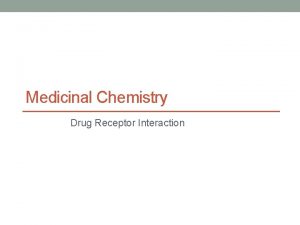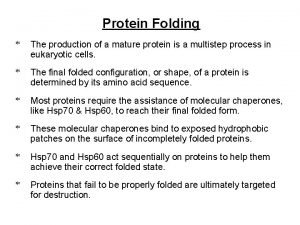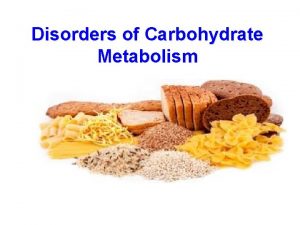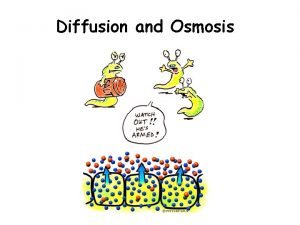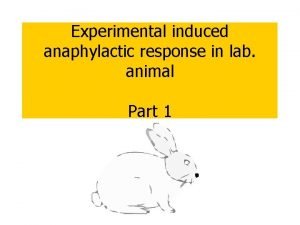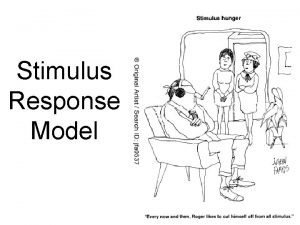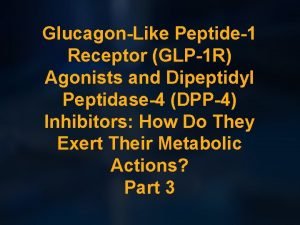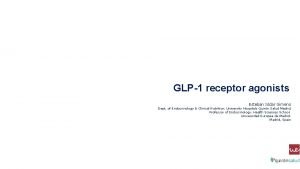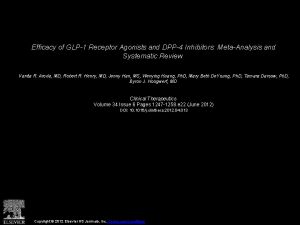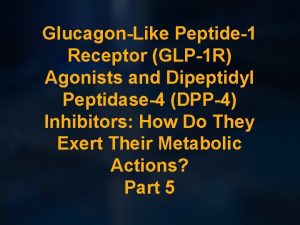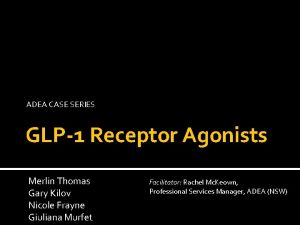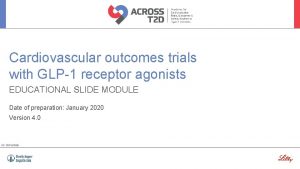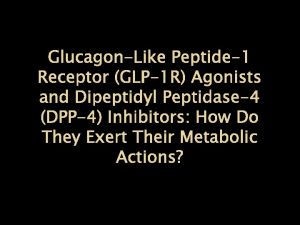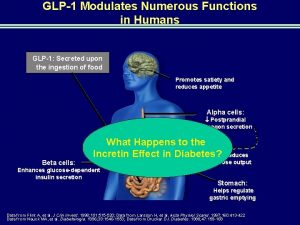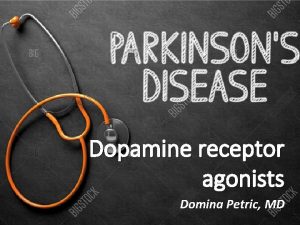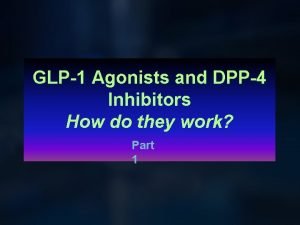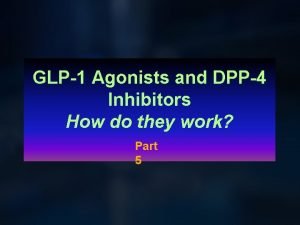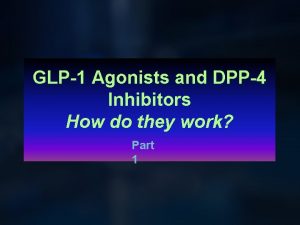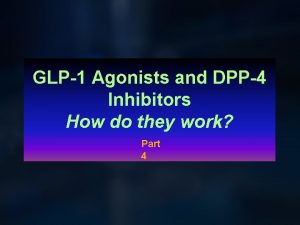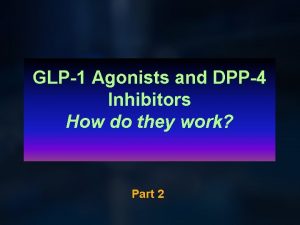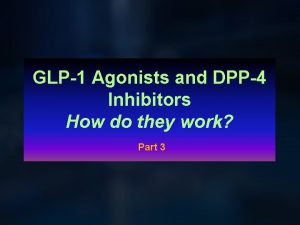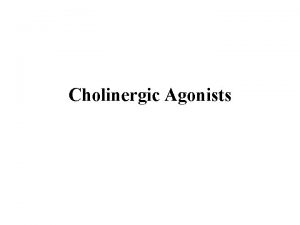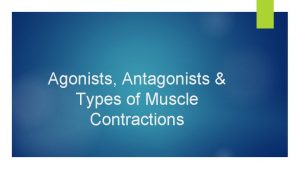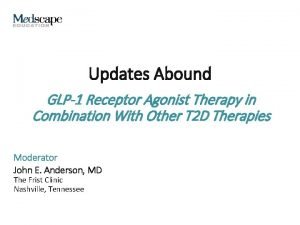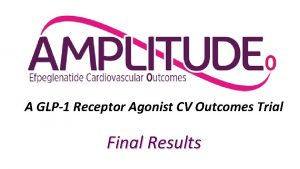GLP1 Receptor Agonists in T 2 dm treatment



































































- Slides: 67

GLP-1 Receptor Agonists in T 2 dm treatment M. Mehrdad Endocrinologist 1396

Natural History of T 2 DM and β-cell Function Bergenstal R, et al. Endocrinology. Philadelphia, PA: WB Saunders Co; 2001: 821 -835.

Antihyperglycemic Therapy in Type 2 Diabetes


Factors to select the proper component for each individual patient 5 Effectiveness Safety profiles Side effects Extra-glycemic effects Cardiovascular effects Our experience in handling Availability Patient preference Cost The 2 nd Iranian Diabetes Advancements in Research Event 6 th October 2017 | Tehran

Unmet Needs With Conventional Antihyperglycemic Therapies • Many therapies are associated with weight gain • Insulin and more conventional oral insulin secretagogue therapies are associated with significant risk for hypoglycemia • Other adverse effects with some therapies include GI side effects and edema • Many therapies fail to adequately control postprandial hyperglycemia • Therapies often fail to maintain long-term glycemic control Blonde L. Am J Manag Care. 2007; 13: S 36 -S 40. Blonde L, et al. J Manag Care Pharm. 2006; 12(suppl): S 2 -S 12.

Unmet Needs Type 2 DM Control is Not Durable 3 6 9 12 15 18 21 24 27 30 33 36 39 Time (months) 42 45 48

Progressive β Cell Dysfunction and Effect of Weight on Glycemic Control in T 2 DM “ 50% of β cells are dead at diagnosis” - UKPDS Every 3 kg weight gain offsets benefits of 1% A 1 c reduction in terms of QALY. * * P. Mc. Ewan, M. Evans, H. Kan; Diabetes, Obesity and Metabolism 12: 431– 436, 2010.

Pathogenesis of type 2 diabetes - The Ominous Octet Decreased Incretin Effect Decreased Insulin Secretion Increased Glucagon Secretion Islet-a cell Hyperglycaemia Increased Lipolysis Increased Glucose Reabsorption Decreased Glucose Uptake Increased Hepatic Glucose Production Neurotransmitter Dysfunction Adapted from De Fronzo RA. Diabetes. 2009; 58: 773 -95.

Pathophysiology of Type 2 Diabetes The Glucagon Factor • • In response to a carbohydratecontaining meal, individuals without diabetes not only – increase insulin secretion but also simultaneously – decrease pancreatic alpha-cell glucagon secretion. The decrease in glucagon is associated with a decrease in hepatic glucose production, and along with the insulin response, results in a very modest increase in postprandial glucose. N Engl J Med. 1971; 285: 443 -449. q In contrast, the glucagon secretion in type 2 diabetics is not decreased, and may even be paradoxically increased. v These insulin and glucagon abnormalities produce an excessive postprandial glucose excursion.



Defect in Type 2 DM One Hormone Theory Insulin Deficiency Two Hormone Theory Insulin Deficiency Glucagon Excess Three Hormone Theory Insulin Deficiency, Glucagon Decreased Incretin Excess effect

Role of Incretin in the management of diabetes

What are incretins? • Hormones produced by the GI tract in response to incoming nutrients, and have important actions that contribute to glucose homeostasis. • Two hormones: Ø Glucagon-like peptide-1 (GLP-1). Ø glucose-dependent insulinotropic peptide (GIP) INCRETIN= INtestinal+se. CRETion of INsulin

GLP-1 and GIP Are Incretin Hormones GLP-1 GIP § Is released from L cells in ileum and colon 1, 2 § Is released from K cells in duodenum 1, 2 § Stimulates insulin response from beta cells in a glucose-dependent manner 1 § Inhibits gastric emptying 1, 2 § Has minimal effects on gastric emptying 2 § Reduces food intake and body weight 2 § Has no significant effects on satiety or body weight 2 § Inhibits glucagon secretion from alpha cells in a glucose-dependent manner 1 § Does not appear to inhibit glucagon secretion from alpha cells 1, 2 1. Meier JJ et al. Best Pract Res Clin Endocrinol Metab. 2004; 18: 587– 606. 2. Drucker DJ. Diabetes Care. 2003; 26: 2929– 2940.

The two primary incretin hormones GLP-1 GIP 30 amino acid peptide 1 42 amino acid peptide 2 Synthesised and released by L cells of ileum and colon 2 Synthesised and released from K cells of jejunum and duodenum 2 Sites of action 1: Pancreatic β-cells and α-cells GI tract CNS Lungs Heart Sites of action 2: Pancreatic β-cells Adipocytes • Circulating GIP and GLP-1 levels are regulated by multiple factors 2 – Low in the basal fasting state; they rise rapidly following a meal from neuronal, neuroendocrine, and direct nutrient stimulation of intestinal cells 1 Wei Y, et al. FEBS Lett 1995; 358: 219– 224; DJ. Diabetes Care 2003; 26: 2929– 2940. 2 Drucker


Incretin Physiology in Type 2 Diabetes Mellitus GLP-1 & GIP Secretion in Type 2 Diabetes Mellitus

Incretins in T 2 DM: Decreased Postprandial Levels of GLP-1 in Patients With Type 2 Diabetes * * * * (10 -15) Meal Started Finished *P<0. 05, Type 2 diabetes vs NGT. Reprinted with permission from Toft-Nielsen MB et al. J Clin Endocrinol Metab. 2001; 86: 3717– 3723. Copyright © 2001, The Endocrine Society.

GLP-1: an incretin hormone with multiple direct effects on human physiology α β Pancreas Brain Satiety Intestine β Glucose-dependent insulin secretion β Insulin synthesis α Glucose-dependent glucagon secretion GLP-1 Stomach Gastric emptying Cardiovascular system Blood pressure Liver Glucose production L-cells secrete GLP-1 degraded by DPP-4 Adapted from Baggio, Drucker. Gastroenterol 2007; 132: 2131– 57

Pleiotropic effects of GLP‑ 1 or GLP‑ 1 receptor agonists on various tissues and organs under experimental conditions Meier, J. J. Nat. Rev. Endocrinol. advance online publication 4 September 2012 23 The 2 nd Iranian Diabetes Advancements in Research Event 6 th October 2017 | Tehran

• Unfortunately, GLP-1 is rapidly broken down by the DPPIV enzyme (very short half-life in plasma - requires continuous IV infusion).

Incretin-based therapies Saxagliptin GLP-1 receptor agonists DPP-4 inhibitors Linagliptin Sitagliptin Vildagliptin (EU and Aus) Human GLP-1 analogues Exendin-based therapies Alogliptin (Japan only) Teneligliptin (Japan only) Liraglutide Aus, Australia; EU, Europe Exenatide OW Exenatide BID


Strategies employed to develop GLP‑ 1 receptor agonists with prolonged in vivo half-lives





Physiological role of GLP‑ 1 and proposed working models for the actions of short-acting and long-acting GLP‑ 1 receptor agonists in the postprandial state. Meier, J. J. Nat. Rev. Endocrinol. advance online publication 4 September 2012 32 The 2 nd Iranian Diabetes Advancements in Research Event 6 th October 2017 | Tehran

Incretin mimetics Exenatide • The first incretin-related therapy available for patients with type 2 diabetes. • Naturally occurring peptide from the saliva of the Gila Monster. • Has an approximate 50% amino acid homology with GLP-1. • Binds to GLP-1 receptors and behaves as GLP-1.

Incretin mimetics Exenatide • Resistant to DPP-IV inactivation. • Following injection, it is measurably present in plasma for up to 10 hours. • Suitable for twice a day administration by subcutaneous injection. Regul Pept. 2004; 117: 77 -88. Am J Health Syst Pharm. 2005; 62: 173 -181.



Meier, J. J. Nat. Rev. Endocrinol. advance online publication 4 September 2012 37 The 2 nd Iranian Diabetes Advancements in Research Event 6 th October 2017 | Tehran





GLP-1 RAs safety profile






Differences between GLP-1 RAs and DPP-4 inhibitors in clinical practice





Meta-analysis: subjects achieving Hb. A 1 c target and no weight gain TZD SU Liraglutide 1. 2 mg Exenatide 10 μg Liraglutide 1. 8 mg 9% Glargine 15% Sitagliptin 16% 100 mg 17% 32% 39% 50% Adapted from Zinman et al. Diabetes Obes Metab 2011; 14: 77– 82 More patients treated with liraglutide (1. 2 or 1. 8 mg) or exenatide BID achieved a composite endpoint of Hb. A 1 c <7. 0% and no weight gain compared with the DPP-4 inhibitor, sitagliptin.

A practical and clinically significant endpoint Composite Endpoint Hb. A 1 c <7. 0% + NO weight gain + NO hypoglycaemia

More patients achieve this composite endpoint with liraglutide than with ‘conventional’ therapies Subjects reaching endpoint (%) Hb. A 1 c<7. 0% + no weight gain + no hypos ** *** Liraglutide 1. 8 mg 1. 2 mg Exenatide Sitagliptin BID * * *** SU *p<0. 0001 vs. liraglutide 1. 8 mg; **p<0. 001 vs. liraglutide 1. 8 mg; ***p<0. 0001 vs. liraglutide 1. 2 mg Zinman et al. Diabetes Obes Metab 2011; 14: 77– 82 * *** TZD Insulin glargine Placebo

Conclusions • Compared with DPP-4 inhibitors, GLP-1 receptor agonists are associated with: • greater Hb. A 1 c reduction and greater weight loss • similar low risk of hypoglycaemia but an increased incidence of gastrointestinal events • greater improvements in CV biomarkers and selected lipids • greater overall treatment satisfaction • Switching from a DPP-4 inhibitor to a GLP-1 receptor agonists was associated with: • significant additional Hb. A 1 c reductions • significant weight loss • improved overall treatment satisfaction without a change in perceived treatment flexibility or convenience

57 The 2 nd Iranian Diabetes Advancements in Research Event 6 th October 2017 | Tehran

58 The 2 nd Iranian Diabetes Advancements in Research Event 6 th October 2017 | Tehran

59 The 2 nd Iranian Diabetes Advancements in Research Event 6 th October 2017 | Tehran

60 The 2 nd Iranian Diabetes Advancements in Research Event 6 th October 2017 | Tehran

Microvascular efects of glucagon‑like peptide‑ 1 receptor agonists in type 2 diabetes: a meta‑analysis of randomized controlled trials (Acta Diabetol , 2017, Dicembrini et al ) • Aims : Results with GLP 1 -receptor agonists (GLP-1 RA) on microvascular complications of diabetes are contrasting. • In trials designed for CVD outcomes, both liraglutide and semaglutide were associated with a relevant reduction in the incidence and progression of nephropathy. • On the other hand, in the same trials, semaglutide was associated with an increased progression of retinopathy, and a similar trend was observed for liraglutide. This meta-analysis is aimed at assessing the efects of GLP 1 RA on retinopathy and nephropathy 61 The 2 nd Iranian Diabetes Advancements in Research Event 6 th October 2017 | Tehran

Treatment with GLP 1 -RA was not associated with a signifcant increase in the incidence of retinopathy (MH-OR [95% CI] 0. 92 [0. 74– 1. 16]. p = 0. 49). In subgroup analyses, GLP 1 -RA were associated with a lower risk of retinopathy in comparison with sulfonylureas. GLP 1 -RA reduced the incidence of nephropathy with respect to comparators (MHOR [95% CI] 0. 74 [0. 60– 0. 92]. p = 0. 005). This diference was signifcant versus placebo, but not versus any class of active comparators. 62 The 2 nd Iranian Diabetes Advancements in Research Event 6 th October 2017 | Tehran

GLP 1 -RA appear to reduce the incidence and/or progression of nephropathy and to have no specifc effect on retinopathy—with the notable exception of semaglutide, which could have a negative impact on the retina. 63 The 2 nd Iranian Diabetes Advancements in Research Event 6 th October 2017 | Tehran

• Introduction: The publication of the results of LEADER and SUSTAIN-6 trials suggested a possible beneficial effect of the class of GLP-1 receptor agonists on cardiovascular morbidity and mortality. • The aim of the present metaanalysis is to collect and synthetize all available evidence on the effect of GLP-1 receptor agonists on cardiovascular events and mortality. • Methods: A Medline search for GLP-1 receptor agonists (exenatide, liraglutide, lixisenatide, albiglutide, dulaglutide, or semaglutide) was performed, collecting all randomized clinical trials with a duration >11 weeks, enrolling patients with type 2 diabetes, and comparing a GLP-1 receptor agonist with placebo or any other non-GLP 1 receptor agonist drug. • The principal outcome of this analysis was the effect of GLP-1 receptor agonists on all -cause and cardiovascular mortality, overall (fatal plus nonfatal)myocardial infarction, stroke, and heart failure. IJC 2017 64 The 2 nd Iranian Diabetes Advancements in Research Event 6 th October 2017 | Tehran

65 The 2 nd Iranian Diabetes Advancements in Research Event 6 th October 2017 | Tehran

Comparison of Clinical Outcomes and Adverse Events Associated With Glucose-Lowering Drugs in. Patients. With. Type 2 Diabetes : A Meta-analysis (JAMA. 2016; 316(3): 313 -324, Suetonia. C. Palmer et al) 66 The 2 nd Iranian Diabetes Advancements in Research Event 6 th October 2017 | Tehran

Impacts of different drugs added to MET +SULF • There was no evidence of significantly different associations with allcause mortality or serious adverse events between any of the drug classes given as triple therapy. • As add-ons to MET + SUL, α-glucosidase inhibitors ranked worst for lowering Hb. A 1 C levels, whereas TZD or basal insulin were best. • MET +SUL + basal insulin ranked best for avoiding treatment failure, whereas MET + SUL+ DPP-4 inhibitor was the worst. When added to MET +SUL, GLP-1 receptor agonists were ranked best for avoiding hypoglycemia, while TZD ranked worsts 67 The 2 nd Iranian Diabetes Advancements in Research Event 6 th October 2017 | Tehran

• In patients with long-standing suboptimally controlled type 2 diabetes and established atherosclerotic cardiovascular disease, empagliflozin or liraglutide should be considered as they have been shown to reduce cardiovascular and all-cause mortality when added to standard care. (Level of evidence B) ADA. Diabetes Care 2017; 40 (Suppl 1) 68 68 The 2 nd Iranian Diabetes Advancements in Research Event 6 th October 2017 | Tehran
 Dpp4 vs glp1
Dpp4 vs glp1 Dopamine agonists
Dopamine agonists Indirect acting cholinergic drugs
Indirect acting cholinergic drugs How do indirect-acting cholinergic agonists work
How do indirect-acting cholinergic agonists work Receptor tyrosine kinase structure
Receptor tyrosine kinase structure Canal receptor emisor mensaje
Canal receptor emisor mensaje Phagocytosis ap bio
Phagocytosis ap bio Insulin and insulin receptor
Insulin and insulin receptor Image receptor adalah
Image receptor adalah Receptor ficticio
Receptor ficticio Olfactory receptors
Olfactory receptors Thyroid hormone receptor
Thyroid hormone receptor Calcitonin gene-related peptide receptor antagonist
Calcitonin gene-related peptide receptor antagonist Difference between muscarinic and nicotinic receptors
Difference between muscarinic and nicotinic receptors Virus receptor
Virus receptor Sujeto lírico en un poema
Sujeto lírico en un poema Nuclear receptor
Nuclear receptor T cell receptor
T cell receptor Receptor mediated endocytosis
Receptor mediated endocytosis Merkel disc receptor
Merkel disc receptor Tactile localization meaning
Tactile localization meaning Sangue receptor universal
Sangue receptor universal Muscarinic receptor
Muscarinic receptor Benzodiazépines
Benzodiazépines Monosinaptico y polisinaptico
Monosinaptico y polisinaptico Imagen de emisor y receptor
Imagen de emisor y receptor Insulin and insulin receptor
Insulin and insulin receptor Innoeuous reseptor menerima
Innoeuous reseptor menerima The image receptor in xeroradiography is
The image receptor in xeroradiography is Axoaxonic synapse
Axoaxonic synapse Types of sensory receptors
Types of sensory receptors Vestibular sense
Vestibular sense Drug receptor interaction medicinal chemistry
Drug receptor interaction medicinal chemistry Stimulus receptor signal response
Stimulus receptor signal response Receptor protein
Receptor protein Via motora
Via motora Raprazole
Raprazole Receptor transmembrana
Receptor transmembrana Nuclear receptors
Nuclear receptors Merkel disc receptor
Merkel disc receptor Reflejo rotuliano
Reflejo rotuliano Corpusculo
Corpusculo Receptor
Receptor Trisqueliones
Trisqueliones Types of active transport
Types of active transport Receptor - mediated endocytosis
Receptor - mediated endocytosis Canal receptor emisor mensaje
Canal receptor emisor mensaje Na+ k+ pump
Na+ k+ pump Emisor y receptor publicidad
Emisor y receptor publicidad Receptor-mediated endocytosis
Receptor-mediated endocytosis Receptor transmembrana
Receptor transmembrana Metabotropic receptor
Metabotropic receptor Definicion emisor receptor mensaje codigo canal
Definicion emisor receptor mensaje codigo canal Discoidin domain receptor
Discoidin domain receptor Drug-receptor interaction
Drug-receptor interaction Garland science
Garland science Olfactory receptor cells
Olfactory receptor cells Insulin binding to receptor
Insulin binding to receptor Receptor - mediated endocytosis
Receptor - mediated endocytosis Polimorfismo genico
Polimorfismo genico Buccal object rule
Buccal object rule Studentconsult.com
Studentconsult.com Estructura de los hongos
Estructura de los hongos Stimulus receptor signal response
Stimulus receptor signal response Merkel receptor
Merkel receptor Stimulus response chart
Stimulus response chart Agente y receptor de una fuerza ejemplos
Agente y receptor de una fuerza ejemplos Enzyme-linked receptor
Enzyme-linked receptor
